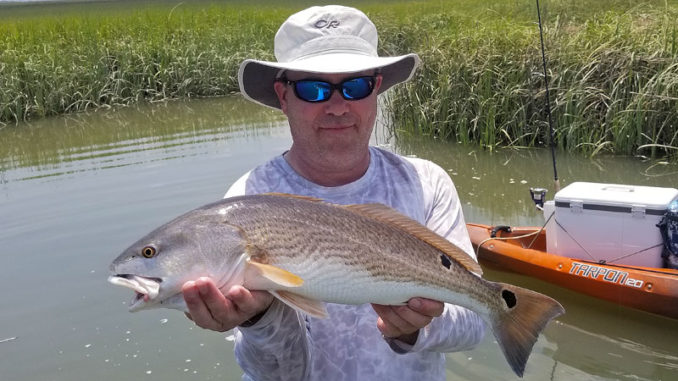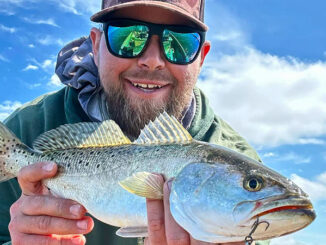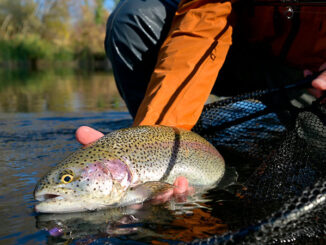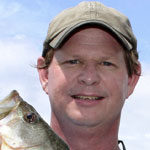
Skinny creek redfish



This Sloppy Spuds recipe is a unique and delicious alternate to sloppy joe sandwiches. […]

The stable weather of May gets redfish and speckled trout consistently active in South Carolina’s lowcountry. […]

Using multiple rigs can be effective for catching trout, as well as numerous other species of fish. […]

Copyright 1999 - 2024 Carolina Sportsman, Inc. All rights reserved.
Be the first to comment